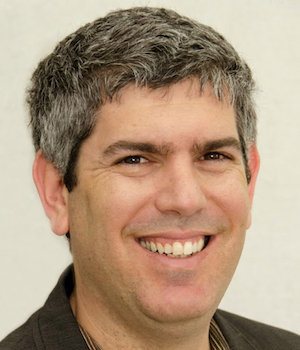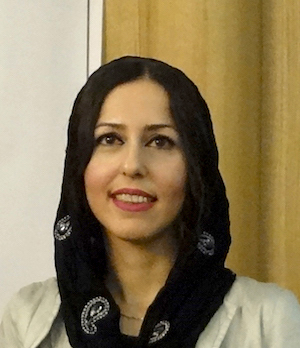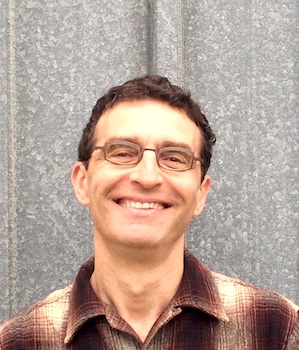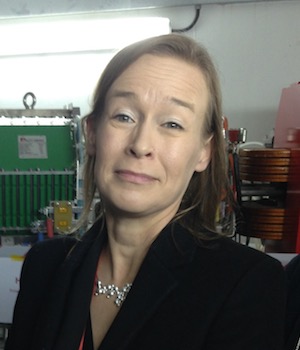SESAME – A Scientific Source of Light for the Middle East
C2) SESAME – A Scientific Source of Light for the Middle East
In May 2017, one of the world’s most unlikely laboratories opened for business. SESAME – Synchrotron-light for Experimental Science and Applications in the Middle East – is a new third generation light source on the outskirts of Amman, Jordan. In a region better known for conflict, SESAME offers an alternative vision of collaboration.
SESAME is the region’s first intergovernmental research organization. Promoting scientific excellence and collaboration, the laboratory offers a potential source of strong stories covering both the first rate science that it is poised to produce, and the collaborations that it will foster. Administratively modeled on CERN, SESAME’s Members are Cyprus, Egypt, Iran, Israel, Jordan, Pakistan, the Palestinian Authority and Turkey.
SESAME grew from an initiative launched in the mid-90s to promote scientific cooperation in the Middle East and neighboring countries. With support from the global science community, the laboratory is now launching its research program. SESAME is a shining example of global scientific engagement, and with research getting underway, 2017 is a key year for the endeavor.
his session brings together scientists from SESAME members to give a historical overview of SESAME and its mission to develop scientific excellence in the region, as well as a forward look to the SESAME scientific program. They will showcase the aspirations of young scientists in the vanguard of a possible scientific renaissance in the region. As one SESAME user pointed out at the 2015 SESAME users’ meeting, the Middle Eastern region has a rich, shared, cultural heritage. SESAME offers the region’s scientists the possibility not only to explore that heritage together, but also to open a new chapter in Middle Eastern scientific collaboration.




